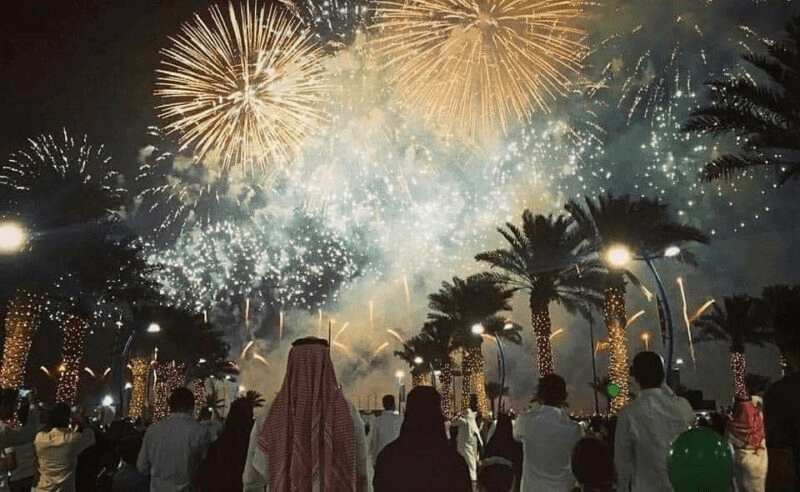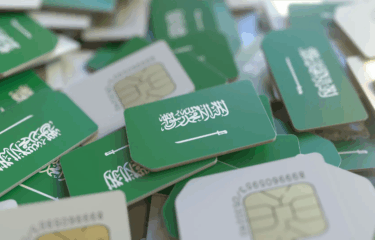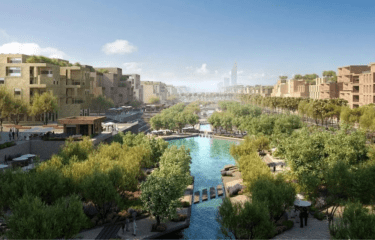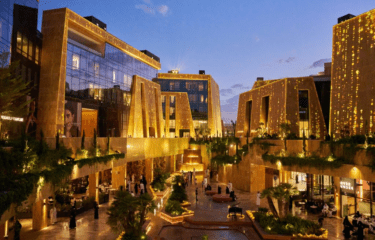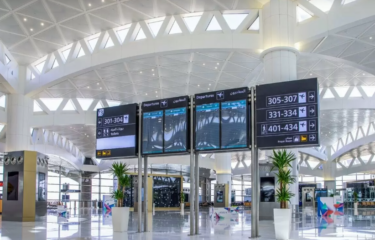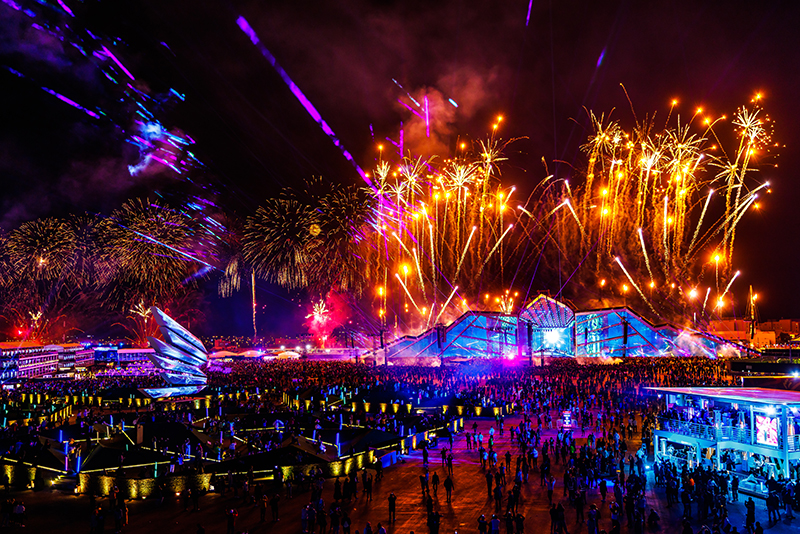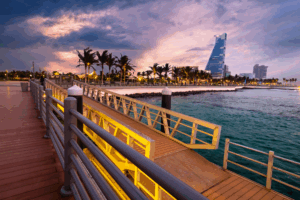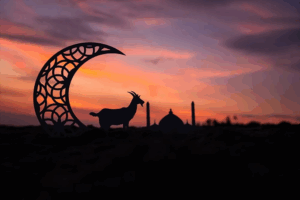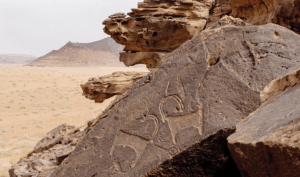The night before Eid in Saudi Arabia carries a special kind of magic. Streets are alive with last-minute shoppers, children clutch crisp banknotes with eager anticipation, and the scent of bakhoor lingers in the air. In homes, laughter echoes as families prepare their finest clothes and set out trays of sweets for the guests who will arrive at dawn. There’s a sense of renewal in the air—a transition from a month of devotion to days of joy, gratitude, and togetherness.
Eid-ul-Fitr, marking the end of Ramadan, is one of the most cherished celebrations in Saudi Arabia. It’s more than just a holiday—it’s a time when the entire Kingdom slows down to honor faith, embrace family, and celebrate cultural traditions. From busy Eid shopping markets to heartwarming family gatherings, every moment is infused with deep-rooted customs and the spirit of generosity.
The Meaning Behind Eid-ul-Fitr
Eid-ul-Fitr, or “the festival of breaking the fast,” is one of the most significant Islamic celebrations. It signals the conclusion of Ramadan, a month of fasting, prayer, and self-reflection. In Saudi Arabia, the Eid-ul-Fitr holidays usually extend from the 25th of Ramadan until the 5th of Shawwal, granting a break from work and school to fully immerse in the festivities. This year the government has announced holidays from the 30th of March till April 2nd. Combined with the weekend falling on the 28th and 29th of March, professionals will get a total of 6 days off for Eid.
The day begins with Eid prayers, performed in mosques and open-air prayer grounds across the country. The sound of Takbirat al-Eid, the special Eid chants, fills the air as thousands of worshippers gather to offer their prayers. Afterward, greetings of “Eid Mubarak” are exchanged, marking the start of celebrations that will continue for days.
Preparing for Eid | A Time of Anticipation

In Saudi Arabia, the preparation for Eid-ul-Fitr starts long before the first day of Shawwal. The last ten nights of Ramadan are not only for worship but also for getting everything ready for the grand celebration.
Shopping for Eid
The excitement of Eid shopping is beyond anything. Markets and malls across Saudi Arabia overflow with families picking out Eid clothes, gifts, and sweets. Traditional souqs in Riyadh and Jeddah offer intricate abayas, embroidered shaylas, and elegant thobes, while luxury brands in high-end malls unveil exclusive Eid collections. The rush to find the perfect outfit adds to the festive buzz, as new clothes symbolize a fresh start for the new month.
Home Preparations and Decorations
Homes are cleaned and adorned with festive decorations in preparation for visitors. The scent of oud and bakhoor fills the air, creating an inviting atmosphere. Special seating areas are arranged for receiving guests, and dining tables are set with Eid delicacies that will be shared over days of hospitality.
Personal Grooming and Spiritual Preparation
Before Eid, men visit barbershops for fresh haircuts and beard trims, while women visit salons for henna, hairstyling, and Eid beauty treatments. People carefully choose perfumes with rich notes of musk and rose for the special day.
On a spiritual level, the giving of Zakat al-Fitr is a key pre-Eid obligation. This charitable act ensures that the less fortunate can also partake in Eid-ul-Fitr traditions, reinforcing the values of compassion and generosity that define the holiday.
The Night Before Eid | A Celebration Begins

As the last Iftar of Ramadan is completed, the night before Eid is filled with eager anticipation. Families gather to listen to classic Arabic Eid songs like “Ya Leilet El-Eid” by Umm Kulthum. The sweet aroma of freshly baked maamoul drifts through homes as last-minute preparations continue. Some stay awake late into the night, too excited to sleep before the dawn of Eid.
Eid Morning | A Sacred and Joyful Beginning
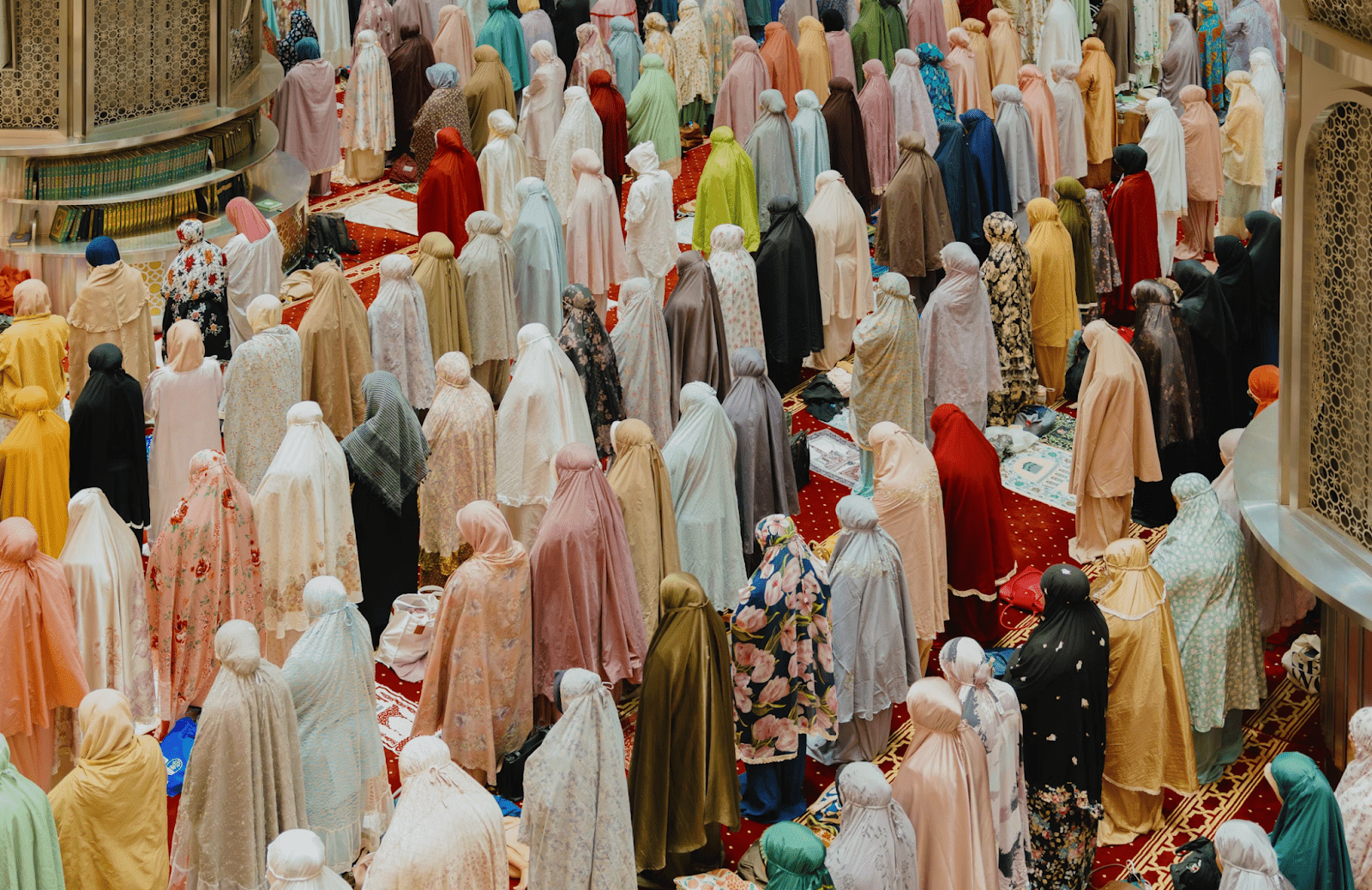
As the sun rises, the streets of Saudi Arabia come alive. The roads leading to mosques are filled with people dressed in new Eid attire, carrying prayer mats. The Eid prayer is a unifying experience, with entire communities gathering in mosques and prayer grounds to worship together.
After prayer, families embrace and exchange greetings. Children receive Eidiyah (money gifts), and people begin visiting their loved ones. The first stop is often the home of the family’s elder, where Eid breakfast is served—a lavish spread of traditional dishes that vary by region.
Traditional Eid Foods | A Feast for the Senses

Food is at the heart of Eid-ul-Fitr celebrations in Saudi Arabia, with each region having its specialties.
Eid Breakfast
In central regions, breakfast includes Arika, Masoob, and Mabthouth, hearty dishes made from dates, wheat, and butter. In Mecca, families prepare Debyaza, a rich dish of dried fruits, nuts, and apricot sauce. Warm Arabic coffee and sweetened tea accompany the meal, filling homes with familiar, comforting flavors.
Lunch and Dinner Traditions
By midday, homes welcome waves of guests and serve elaborate Eid meals. Mugalgal, a dish of spiced lamb and vegetables, is popular across the Kingdom, while Kabsa and Mansaf make frequent appearances on dining tables. Sweets like maamoul, knafeh, and kulaija are offered to guests, ensuring no visitor leaves empty-handed.
Eid Customs | The Heart of Celebration
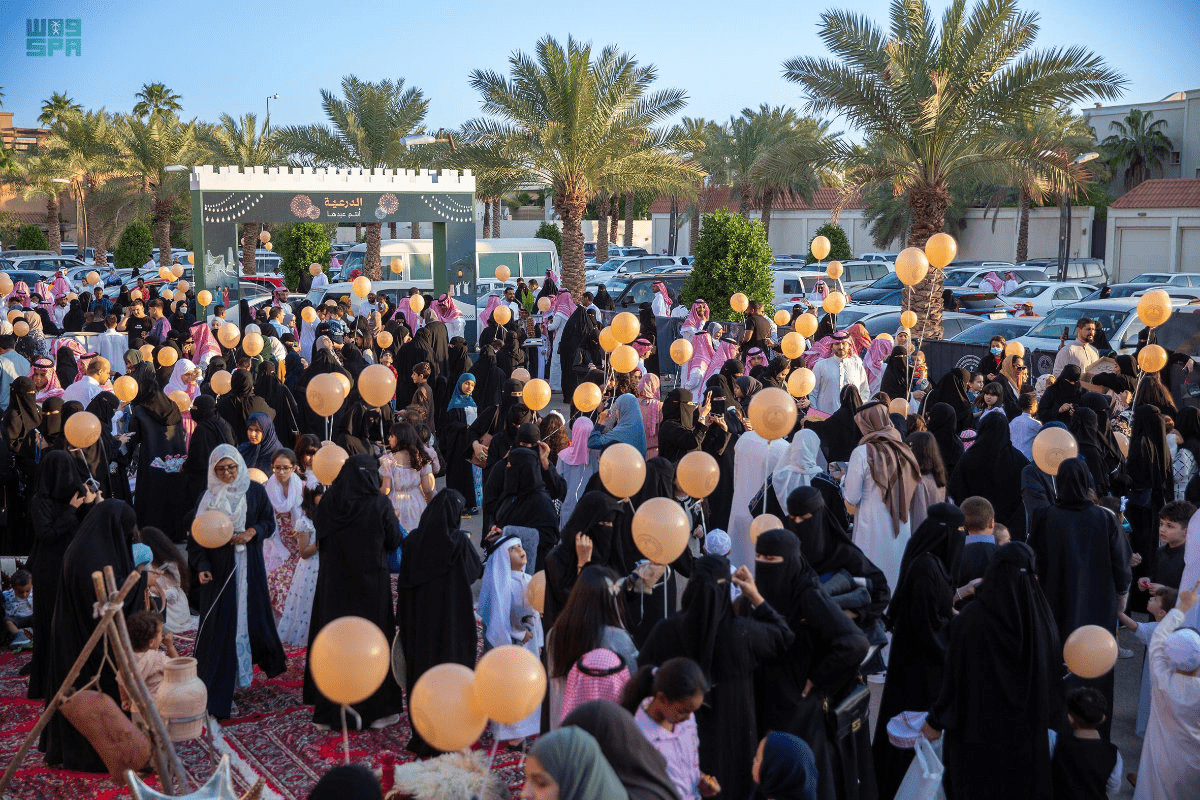
Family Gatherings and Hospitality
Saudi culture places immense value on family, and Eid in Saudi Arabia is a time for reunions. Generations come together, exchanging stories and strengthening ties. Homes remain open throughout the day as relatives and neighbors drop by to share sweets, coffee, and laughter.
The Tradition of Eidiyah
Children look forward to Eidiyah, the tradition of receiving money from elders. Dressed in their best clothes, they eagerly line up to collect their envelopes. This is a tradition that brings joy and teaches the value of generosity.
Music and Festivities
Throughout Eid-ul-Fitr holidays in Saudi Arabia, the public places are alive with traditional Eid songs and folk performances. Popular songs like “Farha Farha” by Ali Abdulkarim play in markets and parks, adding to the celebratory mood. Some cities host fireworks and festivals, turning the holiday into a grand spectacle.
How Visitors Can Experience Eid in Saudi Arabia
For travelers and expatriates, experiencing Eid-ul-Fitr celebrations in Saudi Arabia is an unforgettable cultural immersion. Some of the best ways to engage include:
- Visiting traditional souqs to witness the bustling Eid shopping scene.
- Attending an Eid prayer at a grand mosque for a deeply spiritual experience.
- Tasting regional Eid dishes by accepting invitations to local gatherings.
- Exploring Eid events and festivities in major cities like Riyadh and Jeddah.
The Essence of Eid in Saudi Arabia

As the sun sets on Eid-ul-Fitr in Saudi Arabia, families wind down from a day filled with faith, festivity, and connection. The sounds of children’s laughter, the warmth of shared meals, and the generosity of gifts create memories that last a lifetime.
Eid is not just about celebrations—it’s about renewal, gratitude, and strengthening the bonds that matter most. Whether you’re a visitor experiencing it for the first time or a local embracing long-held Eid customs and traditions in Saudi Arabia, this holiday is a testament to the beauty of faith, family, and culture.
Eid Mubarak! May your celebrations be filled with joy, love, and countless blessings.
FAQs
How long is the Eid-ul-Fitr holiday in Saudi Arabia in 2025?
In 2025, the Eid holiday is from March 30 to April 2, with the weekend (March 28-29) extending the break to six days for professionals.
What are the key traditions of Eid in Saudi Arabia?
Eid prayers, giving Eidiyah (money gifts to children), family gatherings, traditional feasts, and visiting loved ones are central customs.
What do people commonly eat on Eid in Saudi Arabia?
Popular dishes include Arika, Masoob, Mabthouth (for breakfast), Mugalgal, Kabsa, Mansaf (for lunch), and sweets like Maamoul, Knafeh, and Kulaija.
Can visitors participate in Eid celebrations?
Yes! Visitors can attend Eid prayers, explore local souqs, enjoy traditional Saudi hospitality, and experience special Eid festivities in major cities.
What is Zakat al-Fitr, and why is it important?
It’s a charity given before Eid prayer to support the less fortunate, ensuring everyone can celebrate Eid with dignity and joy.

